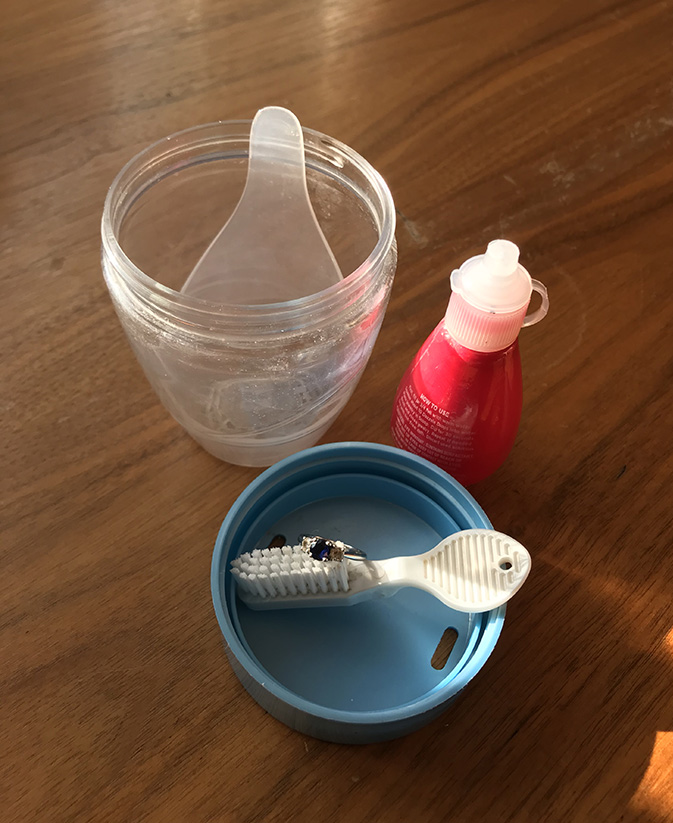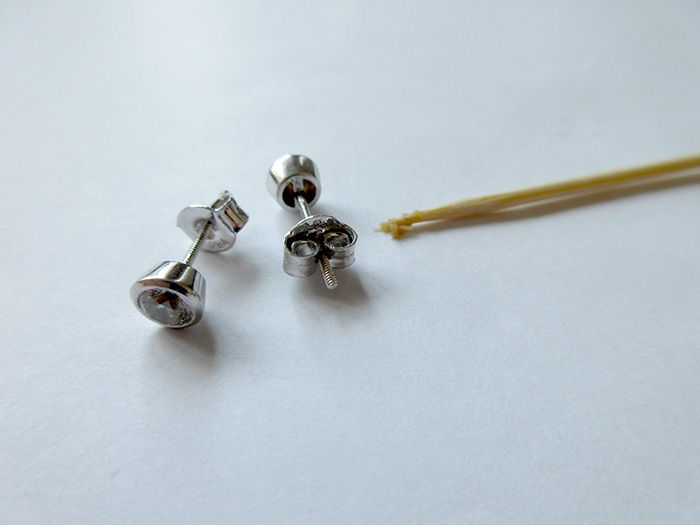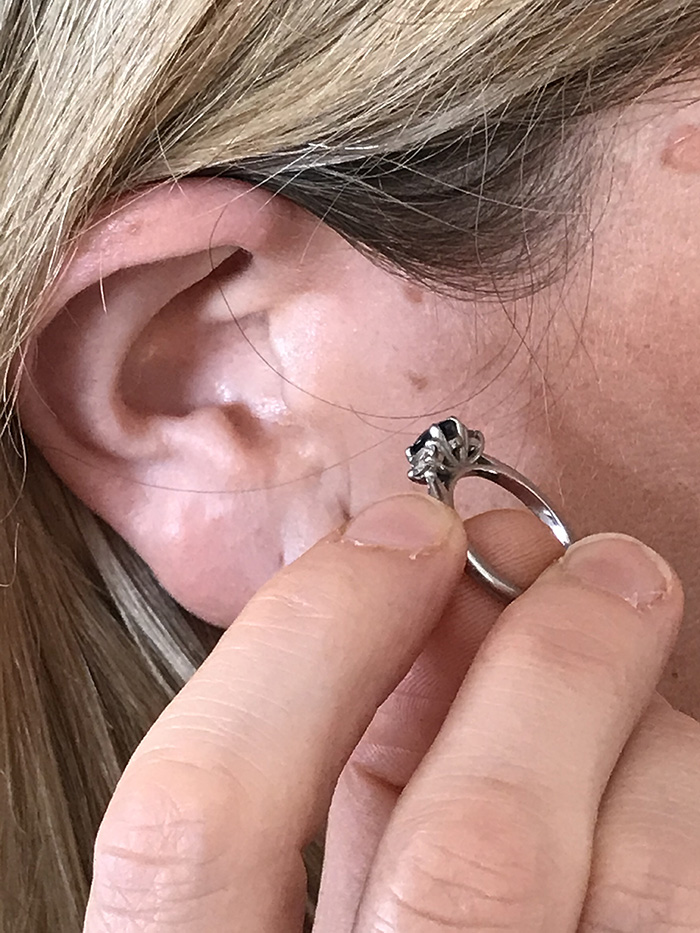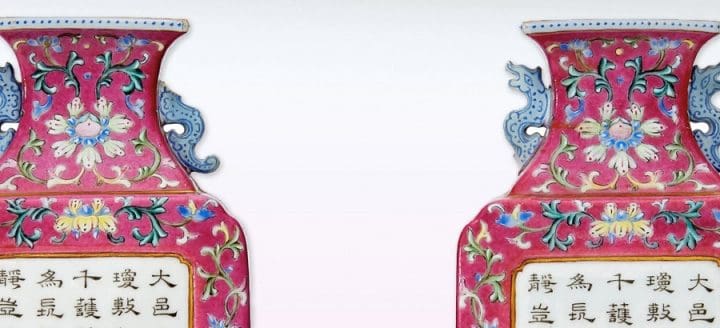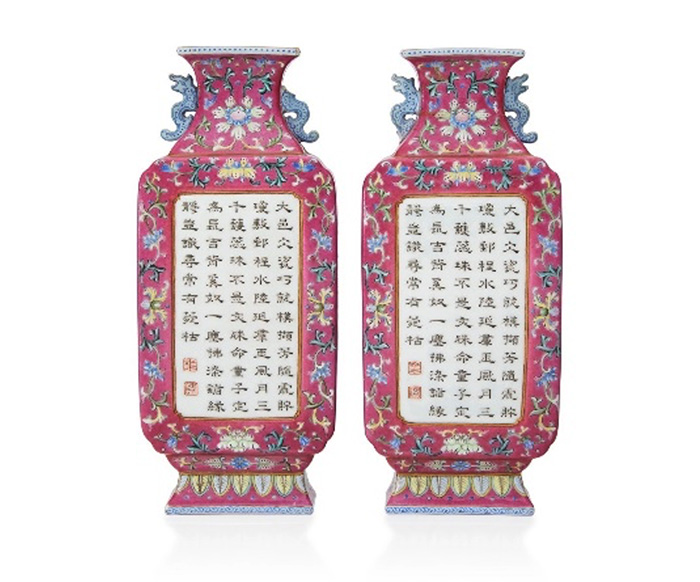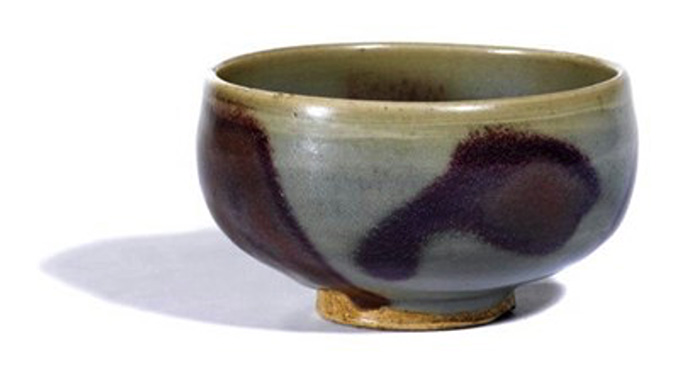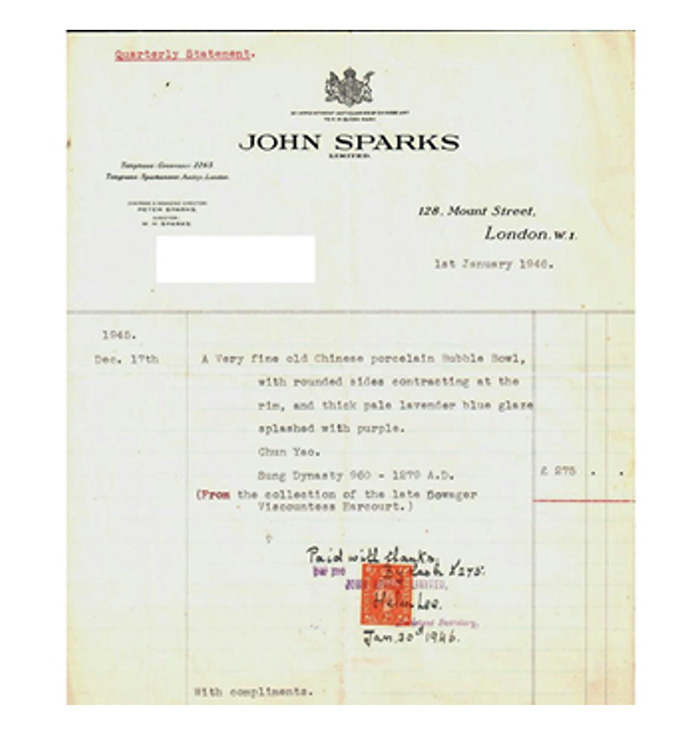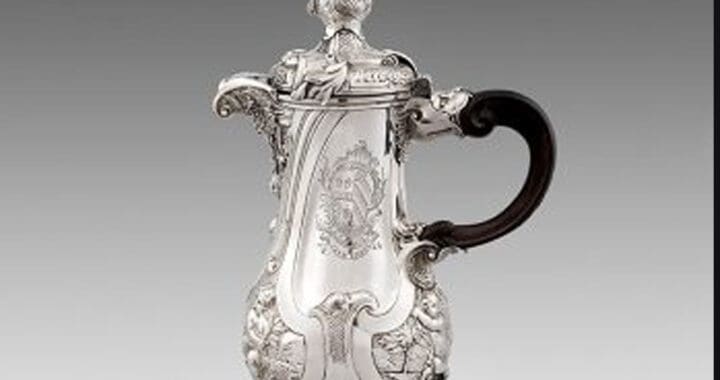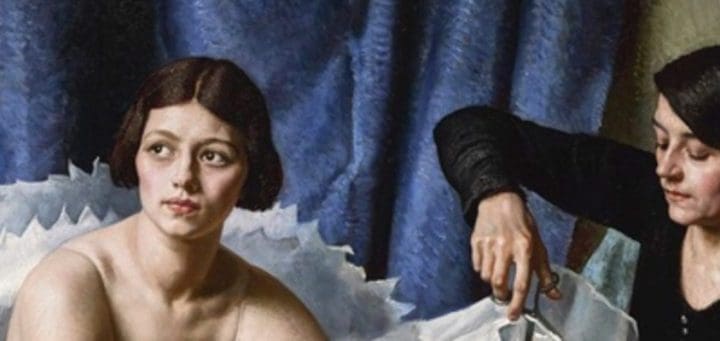At Doerr Valuations our team of jewellery specialists monitor prices and trends in the international market to make sure that you can be properly informed and looked after.
The jewellery market over the past few years has been unusually volatile for several reasons – some directly due to the general ‘woes of the world’ and some caused by some quite dramatic fluctuations in commodity, material and gem prices.
In 2007, the price per ounce of gold was around the $750 mark – it peaked late in 2012 at $1,890 – and fell back to just over $1,000 in 2014 although it’s edging up to the $1,910/oz mark today.
However, in pieces of gem set jewellery the gold value factor is not huge – the gem prices, manufacturing costs and retail profits are larger factors.
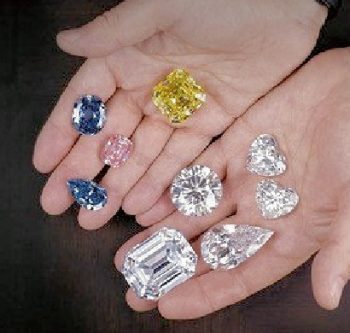
Diamonds, despite what De Beers say in their advertisements, are not rare. Huge deposits of good quality stones are regularly being found in mid-Africa and now Botswana has pretty well become the diamond centre of the world, with De Beers moving their headquarters there from London.
Mining techniques are better and more efficient, so there are more than enough stones to go around. Slackening demand from the Middle and Far East for many of the slightly lower grade stones and sizes have seen noticeable drops in market prices. De Beers and their fellow core suppliers have had to do a lot of juggling and adjustment to try and keep things on an even keel.
However, if the stone is exceptional in all of the three main quality criteria i.e. size, colour and clarity, it will still be very expensive. The trade price of a one carat flawless D colour (the best) stone, is well over twice the price of a one carat H colour and VVS2 clarity (both acceptable commercial qualities) stone.
There have been some exceptional auction prices in 2017 for coloured diamonds, specifically for pink and blue stones… Sotheby’s set a new world record in 4 April 2017 in Hong Kong, when the Pink Star, a 59.60-carat oval mixed-cut Fancy Vivid Pink internally flawless diamond, sold for HK$553 million / US$71.2 million (£57.3 million) including buyer’s premium.
Other spikes in the market include the pearl market, specifically the natural saltwater pearl market. Cultured pearls are natural beads ‘farmed’ in seawater by introducing man made beads in to the soft tissue of an oyster. The oyster’s reaction to these ‘irritations’ is to cover them in ‘nacre’, which is the lustrous shell like covering that we see on the pearl necklaces in most shops. The beads can be 4 or 5 mm in diameter so the thickness of the nacre coating can be pretty thin and lacking in lustre depth. In a natural seawater pearl the oyster takes in the occasional tiny grain of sand around which it builds up the layers of nacre, so in an 8 mm diameter natural pearl you may have 7 mm depth of nacre rather than 3 or 4 mm in a cultured pearl. If you put one of each of these pearls together the wonderful depth of lustre of the natural pearl is very apparent.

Again a laboratory certificate and an up to date valuation is a must. But the main problem for the pearl market is the arrival of freshwater pearls from China. These are farmed in rivers and lakes and not in oysters but in mussels. A mussel can produce more pearls, more often, but they can be of poor lustre and are prone to being misshapen. They are however very cheap and can be seen up to 15 mm in diameter.
Whilst auction prices for fairly modern ‘ordinary’ jewellery can very modest indeed – and a small fraction of its retail replacement price – the market for ‘big name’ pieces with good style and quality is as strong as ever. Cartier, early Tiffany, Boucheron, Bulgari, Buccellati, and Lalique all sell strongly. From the previous century there is a strong collectors’ market for work by Castellani and Giuliano and anything with an interesting historical or royal background will generally fare well.
You may find that the values may have stayed the same, but it is always worth confirming this and as part of Doerr Valuations service we can easily check this for you.
So, with the price of gold, diamonds and jewellery continually changing, seeking professional advice and having your jewellery reviewed annually is extremely important.
Call us today to enquire about an appointment on 01883 722736 or email enquiries@doerrvaluations.co.uk or visit our website www.doerrvaluations.co.uk







